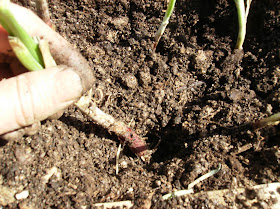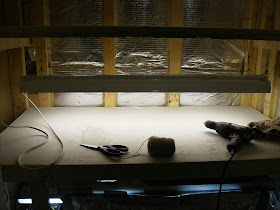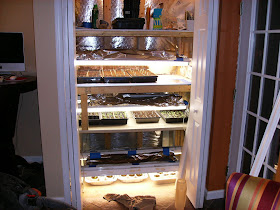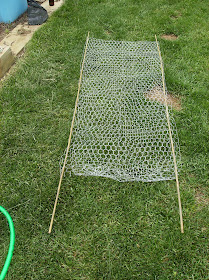I know I have written about slugs and snails in another Knol. They are that problematic that a second Knol is needed to give a gardener a helping hand. Iron phosphate is the focus for this very green Knol. The warm weather is coming and the green of the garden is rising. Now is the time to shake some iron posphate onto the garden beds, while the slugs and snails are looking for food.
Killing Slugs and Snails with Iron Phosphate:
Going Green to Keep the Green
Metaldehyde versus Iron Phosphate:
Metaldehyde works by dehydrating its victims. The problem is that it is toxic to all that consume it. It is deadly to snails and slugs but also can be deadly to birds, frogs, and pets. It has been on the market since the 1930’s and it does work. The question is, do you want to kill or harm things that might also help you manage the snail and slugs? Birds and amphibians are great natural enemies to the slimy guys.
Iron phosphate occurs naturally in the soil. So, when the bait breaks down, only iron phosphate returns to the soil. That is a good start for considering iron phosphate for slug and snail control. Going green to keep the green. Now, this doesn't mean you can eat iron phosphate and nothing will happen. Treat it as a poison and take precautions. It is significanlty less toxic then metaldehyde. Green doesn't mean harmless.
Iron phosphate is ingested by the slug. It comes in granular form, wrapped in a very tasty bait or so I am told. Slugs and snails eat the tasty bait and ingest the iron phosphate. It basically works by disrupting their digestive process. They stop feeding and crawl off and die in a 3-6 days.
Iron phosphate can be found at local home improvement centers for $4.99 to $7.99 a shaker can. It is also easily found on-line. The baits have rice like but more cylindrical shape. The can has a shaker top that can be adjusted. Just shake and wait for the slugs to find the bait.
When and How to Use Iron Phosphate:
Spring! Spring! Spring! is the time to start the endless war on slugs and snails. The eggs will be hatching soon, the little guys will be hungry, the adults will be hungry and your garden greens are just starting to grow toward maturity.
Get the iron phosphate onto your garden now. It is best used SHAKEN and not PILED. Do not make piles. Slugs and snail move slowly. You want to scatter the baited iron phosphate all over your garden surface. This method is on the product directions but I want to stress, not piling it. Scatter it so there is more chance of the bait, sitting in the paths of the snails and slugs.
The iron phosphate pellets can last 1 – 2 weeks even in the rain. Now if you have crazy rain, then you will have to go out and re-bait your garden. I suggest baiting, just when the green is coming up. Hostas should be poking up. Daffodils should be in bloom. The lettuces and greens in your garden should be up and a few weeks from maturity. This is the same time the slug and snail life cycles become active. Get the bait out now to disrupt their cycle. Given them some food that will kill them.
In my area of Maryland, I hit the slugs and snails in mid April with the iron phosphate. I will hit them again the first week of May and again in the last week of May. This should kill a lot of adult slugs and baby slugs. You are trying to decrease their numbers when they emerge. Get the bait out there while there is less food available.
After the first wave of attack, you can sprinkle the bait 1x a month. Try and do it when you will have 7 days of dry weather. In June, July, and August your garden gets one application during a 7 day sunny stretch. This second wave of attack is aimed at getting as many as you can.
Come September the snails and slugs will be laying eggs and getting ready to repeat their cycles of life. Sprinkle the bait September 1st and September 15th and you should have effectively disrupted the cycle of snails and slugs in your garden without targeting or harming the beneficial insects and predators.
Good Luck!





















































